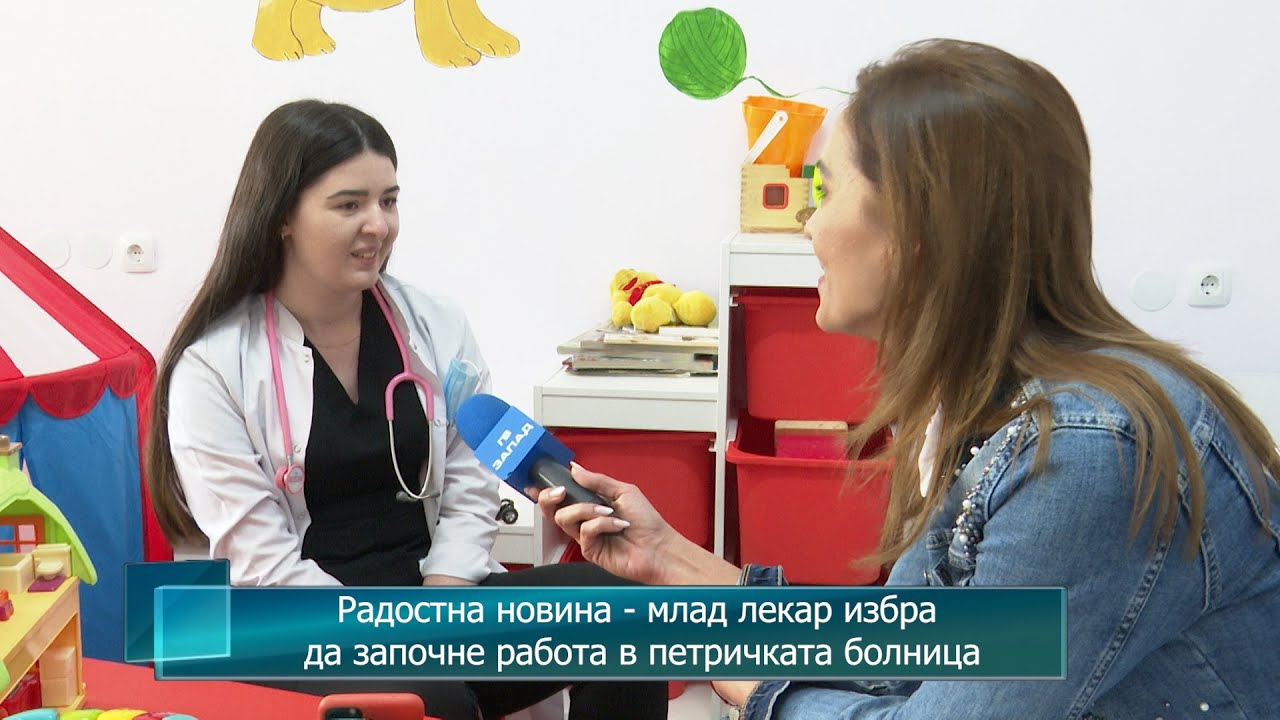Understanding Your HMRC Child Benefit Correspondence

Table of Contents
Types of HMRC Child Benefit Letters
HMRC sends various letters related to Child Benefit, each with a specific purpose. Recognising these different types of Child Benefit letter types is the first step to managing your benefits effectively.
- Claim Confirmation: This letter confirms HMRC has received your application and provides your claim reference number. Keep this safe; you'll need it for any future correspondence.
- Payment Confirmation: This letter details the amount of your Child Benefit payment and the date it was or will be paid into your account. Regularly checking these confirmations helps spot any discrepancies early.
- Changes to Payments (Increases/Decreases): HMRC will notify you of any changes to your payments, whether due to a change in your circumstances (like the birth of a child) or a change in eligibility criteria. Understanding the reasons for these changes is important.
- Requests for Information: If HMRC needs further information to process your claim or update your records, they will send a letter requesting specific details. Respond promptly and accurately to avoid delays.
- Overpayment Notices: If HMRC believes an overpayment has been made, they'll issue a letter explaining the situation and outlining repayment options. Understanding the reasons for the overpayment and engaging with HMRC is vital.
- Updates to Eligibility Criteria: HMRC may send letters informing you of any changes to the eligibility criteria for Child Benefit. Stay informed to ensure you continue to meet the requirements.
- Tax Credit Related Correspondence: If you also claim Tax Credits, you might receive combined correspondence relating to both benefits. This will be clearly identified in the letter.
Identifying Genuine HMRC Correspondence
It's crucial to be vigilant against scams. Many fraudulent attempts mimic official HMRC communication. Here's how to identify genuine HMRC Child Benefit correspondence:
- Check the sender's address: The address should be an official HMRC address, not a private address or PO Box.
- Look for official logos and letterhead: Genuine letters will feature the official HMRC logo and letterhead.
- Verify contact details using the official HMRC website: Never rely solely on contact information in the letter. Verify it on the official HMRC website.
- Be wary of suspicious emails or links: HMRC will rarely contact you via email requesting personal information. Treat any suspicious emails with extreme caution. Report suspected scams immediately.
- Report suspected scams: If you suspect a letter is fraudulent, report it to HMRC immediately through their official channels.
Understanding Your Child Benefit Statement
Your Child Benefit statement provides a summary of your payments. Knowing how to interpret this information is essential.
- Locating payment details: The statement clearly shows the payment amount, payment date, and the reference number.
- Understanding any deductions or adjustments: If any deductions have been made, the statement should explain why.
- Checking payment history: The statement or your online account will show a history of your payments. This helps monitor any inconsistencies.
- Managing your details online: Access your HMRC online account to view your statements, update your details and check your payment history.
- Contacting HMRC for queries: If you have any questions about your statement, contact HMRC using their official channels.
Responding to HMRC Child Benefit Correspondence
Responding promptly and accurately to HMRC letters is vital.
- Meeting response deadlines: Always meet the deadlines specified in the letter. Late responses can lead to delays or penalties.
- Providing accurate information: Double-check all the information you provide to ensure accuracy.
- Using the correct channels of communication: Use the contact methods specified in the letter, whether that's replying by post or using the online portal.
- Understanding appeal processes: If you disagree with a decision, understand the appeals process and follow the instructions carefully.
- Contacting HMRC helpline: If you require assistance or clarification, contact the HMRC helpline.
Common Issues and Troubleshooting
Several common issues arise regarding Child Benefit payments.
- Missing payments: If you haven't received a payment, check your bank statements and contact HMRC immediately.
- Overpayments: If you've received an overpayment notice, contact HMRC to discuss repayment options.
- Changes in circumstances (address, number of children): Notify HMRC promptly of any changes in your circumstances to avoid affecting your payments.
- Incorrect information on statement: If you spot an error on your statement, contact HMRC immediately to have it corrected.
- Difficulty accessing online account: If you have trouble accessing your online account, contact HMRC for assistance.
Conclusion
Understanding your HMRC Child Benefit correspondence is vital for ensuring you receive the correct payments and avoid potential problems. By paying close attention to the different types of letters, understanding your statements, and responding promptly, you can manage your Child Benefit effectively. Regularly checking your HMRC online account and responding promptly to any correspondence will help maintain accurate and timely payments. Take control of your finances and ensure accurate Child Benefit payments by understanding your HMRC Child Benefit correspondence today!

Featured Posts
-
 Philippine Typhon Missile Deployment A Detrimental Strategy
May 20, 2025
Philippine Typhon Missile Deployment A Detrimental Strategy
May 20, 2025 -
 March 22nd Nyt Mini Crossword All The Answers
May 20, 2025
March 22nd Nyt Mini Crossword All The Answers
May 20, 2025 -
 Suki Waterhouses Met Gala Look A Retrospective
May 20, 2025
Suki Waterhouses Met Gala Look A Retrospective
May 20, 2025 -
 Apos Rumores De Parto Jennifer Lawrence Mostra Silhueta Esguia
May 20, 2025
Apos Rumores De Parto Jennifer Lawrence Mostra Silhueta Esguia
May 20, 2025 -
 Familia Schumacher Se Mareste Prima Imagine Cu Noul Membru
May 20, 2025
Familia Schumacher Se Mareste Prima Imagine Cu Noul Membru
May 20, 2025
Latest Posts
-
 Dzhenifr Lorns Radostna Novina Otnovo E Mayka
May 20, 2025
Dzhenifr Lorns Radostna Novina Otnovo E Mayka
May 20, 2025 -
 Report Jennifer Lawrence And Cooke Maroney Have A Second Child
May 20, 2025
Report Jennifer Lawrence And Cooke Maroney Have A Second Child
May 20, 2025 -
 Jennifer Lawrence Welcomes Second Baby With Husband
May 20, 2025
Jennifer Lawrence Welcomes Second Baby With Husband
May 20, 2025 -
 Second Child For Jennifer Lawrence And Cooke Maroney
May 20, 2025
Second Child For Jennifer Lawrence And Cooke Maroney
May 20, 2025 -
 Dipli Xara Gia Tin Tzenifer Lorens Kai Ton Koyki Maroni
May 20, 2025
Dipli Xara Gia Tin Tzenifer Lorens Kai Ton Koyki Maroni
May 20, 2025
